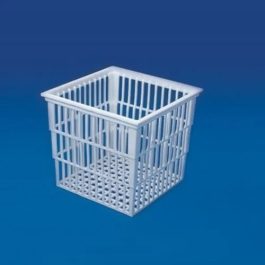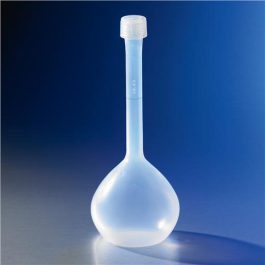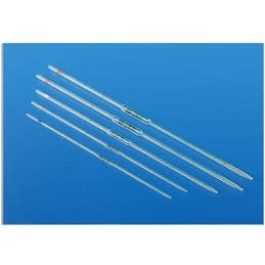Laboratory Wares
Showing 91–100 of 102 results
-
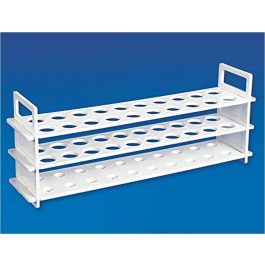 Read moreMORE INFO
Read moreMORE INFOTEST TUBE STAND (3 TIER)
“Cowbell ” These ingenious racks with a 3-tier design provide clear view of the tube contents & convenient insertion & removal of tubes. The PC rack has transparent upper & middle plates where as in PP racks, every part is coloured & opaque. These autoclavable racks can withstand sub-freezing temperatures.
-
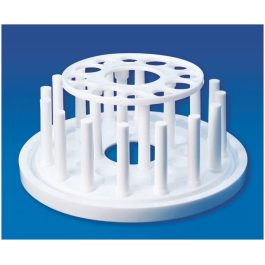 Read moreMORE INFO
Read moreMORE INFOTEST TUBE STAND (ROUND)
“Cowbell ” A handy, little, space saver, this circular twelve place Polypropylene Test Tube Stand has four 25 mm dia holes & eight 19 mm dia holes in its top plate. The base has matching hemispherical wells & 16 vertical pins for drying tubes surrounded by a trough to catch drippings. This autoclavable rack can be easily disassembled for cleaning.
-
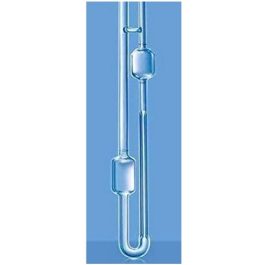 Read moreMORE INFO
Read moreMORE INFOVISCOMETER
You will often find a capillary viscometer in a laboratory setting. This is a u-shaped glass tube (which gives it another name, the u-tube viscometer). The viscosity measuring process involves you submerging the glass tube in a temperature-controlled bath, usually at 40 or 100°C.
-
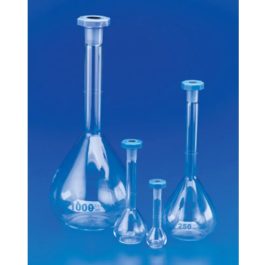 Read moreMORE INFO
Read moreMORE INFOVOLUMETRIC FLASK WITH STOPPER
“Cowbell ” Volumetric flasks are used in analytical chemistry to produce accurate solutions. However, they can be used as decorative glassware around the home for holding salad dressings, essential oils, flowers, etc. All come with a ground glass stopper for a tight seal. The internal diameter of the neck/hole size ranges from 10mm to 30mm, smallest to largest.
-
 Read moreMORE INFO
Read moreMORE INFOWASH BOTTLES
“Cowbell “ Wash Bottles are made of Low Density Polyethylene which gives these bottles a translucent and unbreakable character. Solutions can be poured easily by squeezing the bottle lightly. The cap is fitted with a flexible polyethylene delivery tube which can be aimed wherever required.
-
 Read moreMORE INFO
Read moreMORE INFOWASH BOTTLES (New Type)
“Cowbell “ These Bottles are also made of Low Density Polyethylene are therefore translucent and unbreakable. The distinguishing feature that these bottles contain is the built in delivery tube making it a one-piece Wash Bottle. These Bottles are graduated on the outer surface to give an approximate idea about the volume of solution filled or dispensed.

